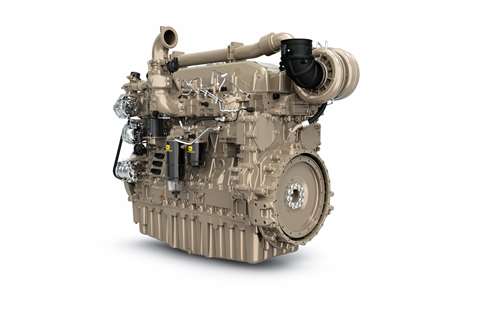Future-forward powertrains from John Deere
18 October 2022
John Deere Power Systems (JDPS) is providing a look into the future of its engine and drivetrain technology at Bauma 2022. Visitors to the JDPS booth (Hall A4, booth 325) will see the company’s latest product innovations, including next generation engines, electric drivetrain and battery advancements, as well as Connected Support, a remote monitoring and diagnostics solution for OEM equipment powered by John Deere.
 John Deere Power Systems is showing its next generation engines at Bauma, including its largest JD18 diesel. (Photo: John Deere Power Systems)
John Deere Power Systems is showing its next generation engines at Bauma, including its largest JD18 diesel. (Photo: John Deere Power Systems)
The JDPS booth will display both the JD14 and JD18 from its next generation engine lineup as well as the Kreisel Battery Pack 63 (KBP63), a modular battery solution that utilizes Kreisel Electric’s patented immersion cooling technology. The booth also features other John Deere prime power solutions, electric and hybrid drivetrain components and Connected Support technology.
JDPS said it is also committed to offering sustainable fuel solutions without compromising engine performance through its investments in integrating alternative fuel technologies. The company believes biodiesel and renewable diesel fuel will continue to deliver value to end-users of heavy-duty off-highway engines. JDPS has made significant progress in testing engine compatibility with renewable diesel fuel like hydrogenated vegetable oil (HVO), which is a biofuel made by the hydrocracking or hydrogenation of vegetable oil.
STAY CONNECTED




Receive the information you need when you need it through our world-leading magazines, newsletters and daily briefings.
POWER SOURCING GUIDE
The trusted reference and buyer’s guide for 83 years
The original “desktop search engine,” guiding nearly 10,000 users in more than 90 countries it is the primary reference for specifications and details on all the components that go into engine systems.
Visit Now
CONNECT WITH THE TEAM









